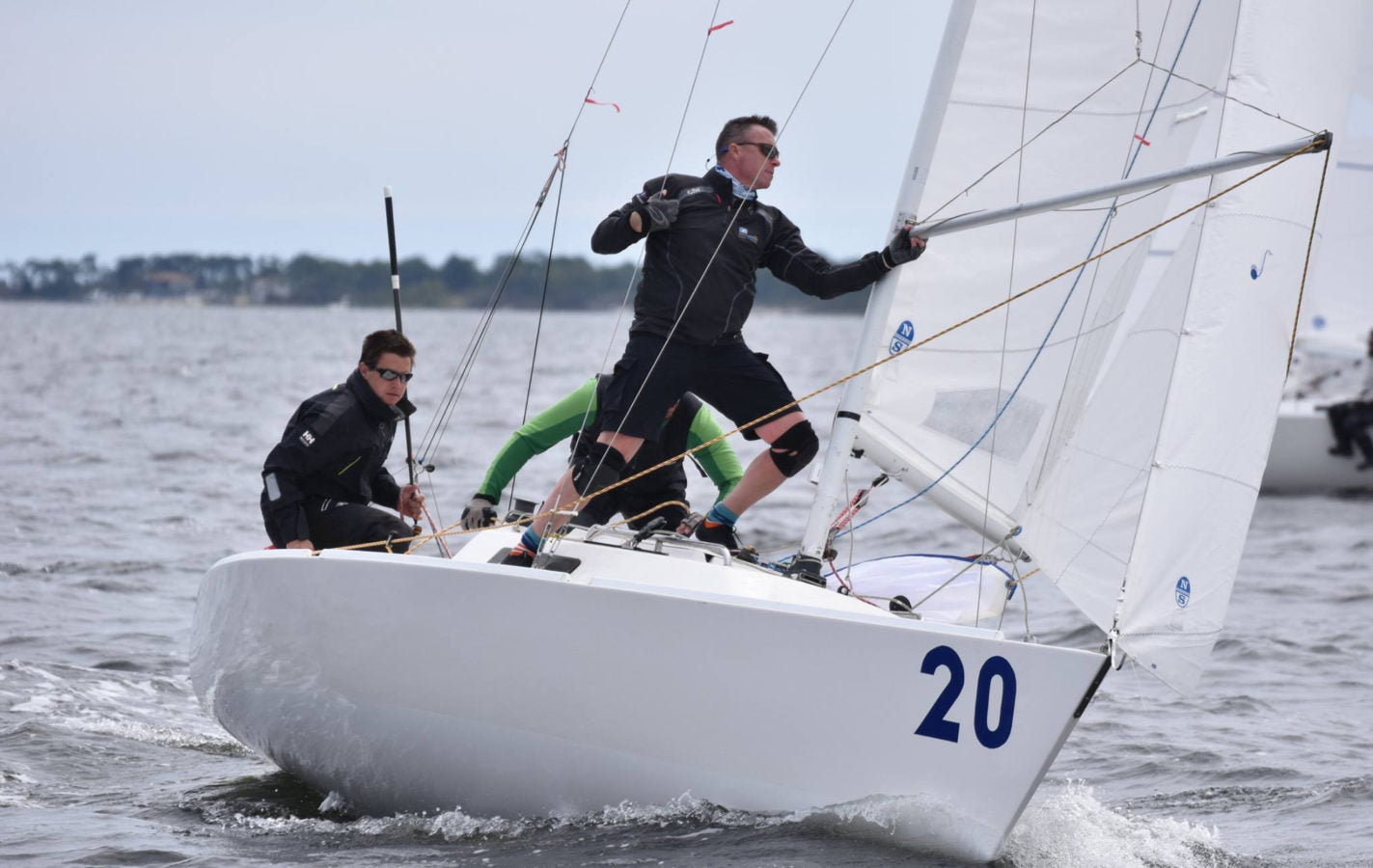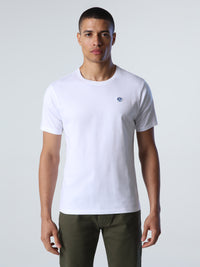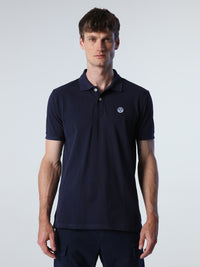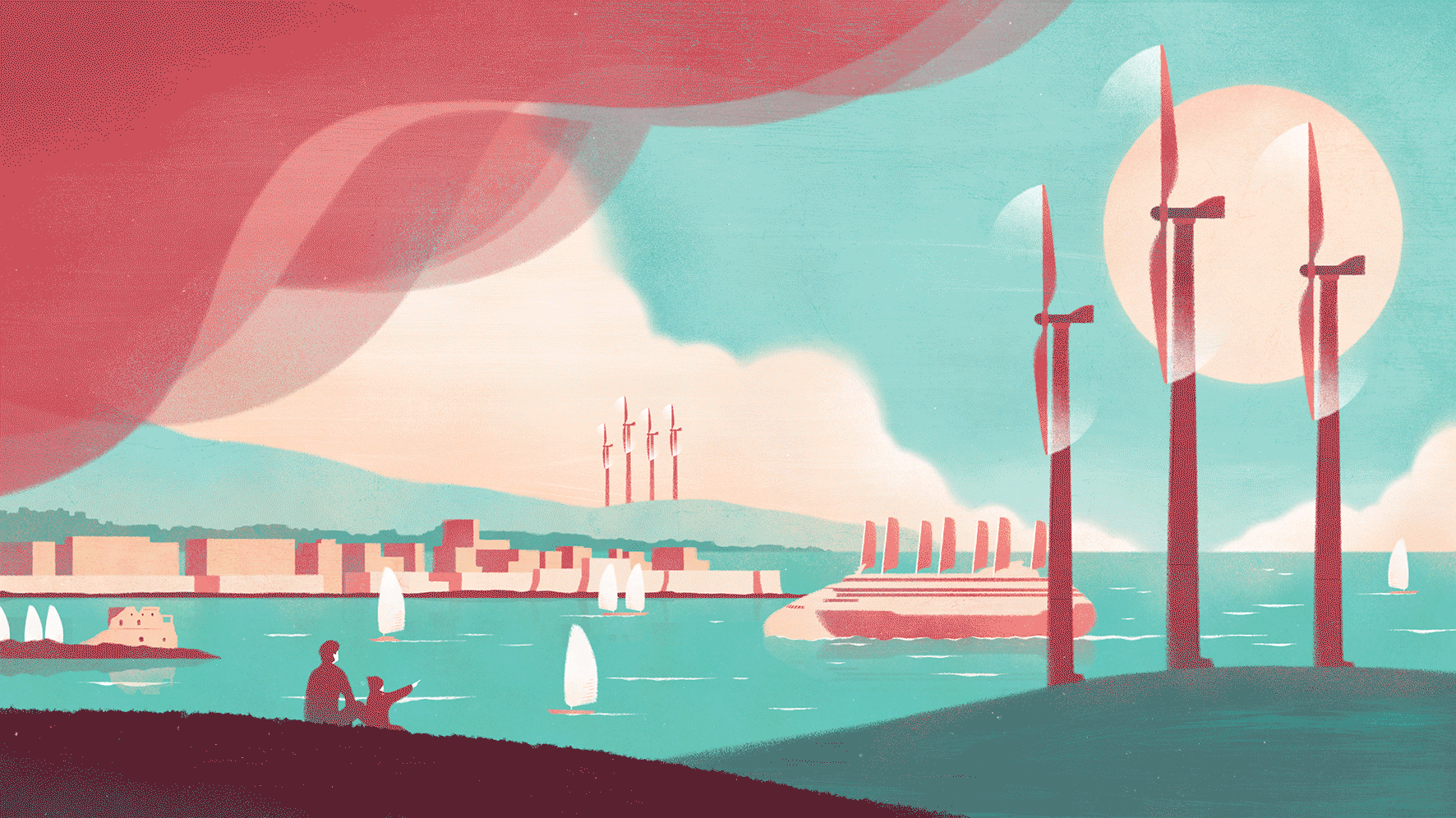BAD NEWS WINS J/22 MIDWINTERS
BAD NEWS WINS J/22 MIDWINTERS
Interview with Mike Marshall, Todd Hiller and Zeke Horowitz

The J/22 Midwinters were held at Fort Walton Yacht Club, FL. Sailors were surprised to find that it can actually get pretty chilly in Florida, especially on the panhandle of the state. Conditions proved to be quite tricky, with wild wind shifts and extremely varying pressure differentials across the course for almost every race. The RC certainly had their hands full trying to get proper races off due to these conditions, but they certainly got the job done well. Jackson Benvenutti (who sailed with David Muller, finishing 7th) caught up with team Bad News, the winners of the event, Mike Marshall, Zeke Horowitz, and Todd Hiller to see what the most important elements were in the given conditions to end up on top at the end of the event.
Mike, it’s certainly quite hard to drive the boat in those conditions and also control the mainsheet, traveler, and backstay all at the same time. What was your order of operations as you hit a puff, and then what did you do as the puff faded away?
First, nice work by Jackson and the rest of the team on Call the Ball for winning the last race of the regatta! As for handling the controls, I’m almost always on the keep-it-simple program. I only have two hands, and one of them is dedicated to the most important job I have – driving the boat fast. This means I can’t adjust mainsheet, traveler, and backstay all at once. So it’s about prioritizing. In this regatta, I felt that it was best to use mostly traveler. The puffs and lulls were very short and with very different velocities. By using the traveler, I could adjust the boom angle almost a meter in a very short time. This enabled me to depower quickly when the sharp puffs hit and power back up afterward in the lulls. Since I was using the traveler, the mainsheet didn’t need as much attention because the leech of the main was just moving to windward and leeward, not twisting more or less. (Also, this constant leech tension helped to keep a constant headstay tension.) With the traveler and mainsheet mostly under control, I adjusted the backstay in only the largest puffs or lulls or when I was trying to sail the boat in a high or fast mode. If I had the traveler all the way up or down, I would move to the backstay next.
I know this seems a little backwards to what you would normally do by playing the backstay, but I think that the change was justified given how big and short-lived some of the puffs were. That’s why I spent most of the regatta with the tiller and the traveler in my hands and the mainsheet over my knee. Occasionally, I would adjust the mainsheet, and even less occasionally, the backstay.
I only have two hands, and one of them is dedicated to the most important job I have – driving the boat fast. This means I can’t adjust mainsheet, traveler, and backstay all at once. That’s why I spent most of the regatta with the tiller and the traveler in my hands and the mainsheet over my knee.
Zeke, playing the jib is certainly a huge necessity on the J22, especially in the given conditions. Can you explain how and when you liked to ease and trim the jib as puffs hit and also through the big shifts? How did you and Mike keep in tune with each other during such big course changes in the shifts?
You’re right, accurate jib trim in the J/22 is possibly the most important facet of upwind boat speed in shifty/puffy conditions. It’s imperative to keep an active jib sheet to help the driver maintain a balanced helm and steady heel angle. I was the tactician upwind as well, so balancing the concentration on looking around while trimming the jib can be difficult. But I would look for opportunities when I knew we weren’t tacking for a while to really dial in my focus on the jib. I would stare at the tell tales so that if we got a lift and the outside tell tale started to flick, I could immediately ease the jib between 3-9 inches so that the bow could easily come up in the lift without Mike having to push the tiller too hard.
Conversely, if a header hit and the luff of the jib started bubbling, I could give the winch handle a little pump to artificially over trim the jib to help the bow go down. I would also try hard to ease the jib in a puff even if it wasn’t a huge shift. If the boat was beginning to heal over, I could burp the jib 1-3 inches which opens the leech, keeps the head stay straighter and helps to de-power. It also gives the bow an easy opportunity to come up and feather through the puff which can be very effective in flat water. As soon as the boat was coming back to its normal heal angle, I would trim the jib back in. Mike and I would talk about the feeling in the helm as I would move the jib to make sure we are staying on the same page and that what I was feeling was accurate with what the helm was dictating.

Todd, you were the eyes and essentially the tactician downwind. Can you explain how you managed clean lanes, making sure you weren’t in dirty air? What tools do you use to do this?
Managing clean lanes downwind was particularly challenging at this event as any breeze that presented itself generally would go around (outside perimeter) of the race course. There were four basic items I would consider downwind.
1. COA (Course of Action): It was important to determine what our next move was as we approached the weather mark. Based on where saw the maximum pressure determined whether we would set and extend or jibe immediately at the weather offset.
2. Execution: Maintaining a clean lane downwind, it was important to track how the fleet would set up behind us. As traffic accumulated after the weather offset, this would dictate whether we had to stay high to keep a clear lane or potentially jibe to separate from the fleet. As simple as this may sound, but our windex was an invaluable tool and it was important to stay in check with which direction it was pointing. Using the fleet as wind indicators helps too.
3. Pressure: If Zeke felt light on the spinnaker sheets, then I would quickly look up and assess whether we needed to step up a lane or suggest a jibe. The overcast conditions made it difficult to see the actual breeze or if your mind was playing tricks on you. At times, as a sanity check, Zeke and/or Mike would look back to confirm my observations.
4. Weight: My position on the boat downwind was critical. If we needed to head up, I would shift my weight to leeward and use the curvature of the hull to steer the boat. Likewise, when we needed to head down, I would move my weight to weather. My goal downwind is to have Mike steer as little as possible and make sure Zeke had descent pressure on the spinnaker sheets.
Todd, how do you communicate to Zeke and Mike downwind? Can you give us a common conversation that might be happening at any point on a run?
A common conversation downwind would be that I would ask Zeke how the pressure was in the spinnaker sheets. Again, my goal was to mitigate any excessive steering with Mike. I would constantly call pressure coming his way. As soon as he had it, I would either shift my weight to weather to steer the boat down or if we decided to extend forward we would keep the boat flat. At about 2/3 of the way down the leg, based on our upwind observations we would determine which gate to round. At any point into our approach to the leeward gates it was then decided which was closer. If we needed to adjust our upwind game plan, then it was at this time when we would execute our maneuver. It was also important to keep an eye on the downwind traffic. If a majority of the fleet were on any particular side, we would quickly decide if the juice was worth the squeeze sailing upwind in dirty air to get to the favored side of the upwind beat.

Mike, what did you do to prepare the boat before the regatta? What were the three most important things to get your boat in shape before putting her in the water?
The good news for me is that I know this boat very well, and I always know what condition it’s in when I leave it after the last regatta. One of the keys to good boat prep is to have the boat ready to sail whenever you are. At the end of an event, I try to fix all the things that need attention before I put the cover back on. This means fewer things to think about when getting ready for the next regatta. When I arrive at the next venue, I have to think about only three things: the bottom of the boat, the rig, and whether everything I need is onboard.
To prep the bottom, I wash the road dirt off with soap and water. Then I polish the bottom with some PTEF. Step 1: Done. Next, I step the mast and return the rig to my base setting using the caliper numbers that I’ve written inside the hull. Step 2: Done. Finally, I check through all the lines, safety equipment, radio, compass, and other gear to be sure that nothing essential is missing and that nothing extra is on the boat. I have a checklist for doing this so that I don’t forget anything. Step 3: Done. It seems pretty simple when put in these terms, but simple and straight-forward is what I aim for. Anything more complicated is just asking to become a time sink that could take away from potential practice time on the water.
Who was in charge of rig tune for the event, and how did you decide to set it up given the varying conditions?
Zeke – It was fun working as a team on the rig tune discussion. We only ever let Todd touch the turnbuckles (except for the couple times we adjusted it between the warning and the prep!) but we talked about it as a team and we even took turns sighting up the rig to confirm what the sag was looking like. Mike knows the tendencies of this rig better than either of us so we let him have the final say, but we would all give our opinions based on what we saw. We found we had a more forgiving groove with the rig on the looser side so we always erred towards being able to set up for the lulls and survive through the puffs. We knew we had great “base” numbers and from there we stuck to the 2:1 ratio of uppers to lowers.
Teams powered by North finished 1, 2, 3, 4, 6, 7, 8, 9*, 10. Congratulations to all!
Learn more about the North Sails products for the J/22 class.

















